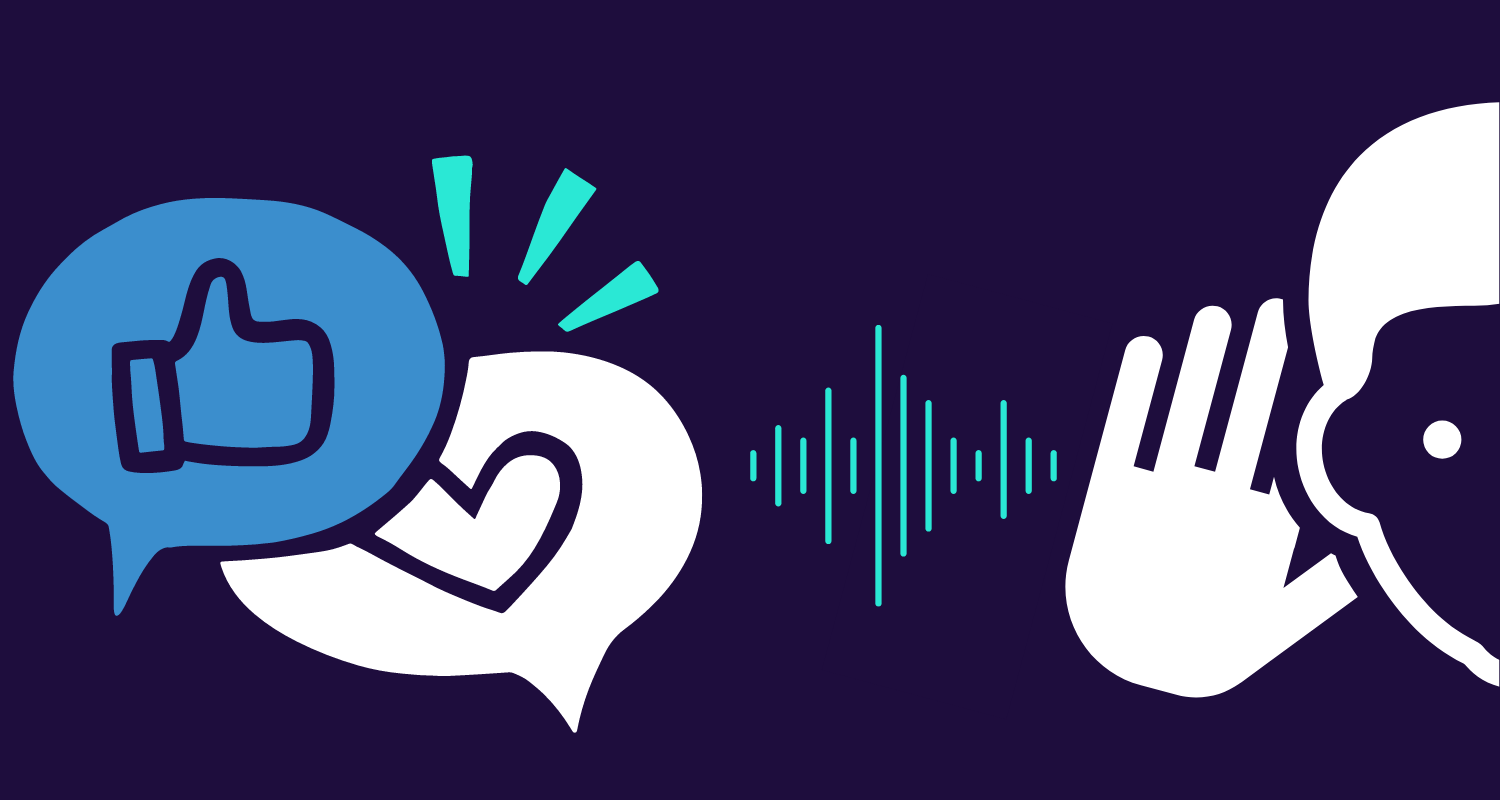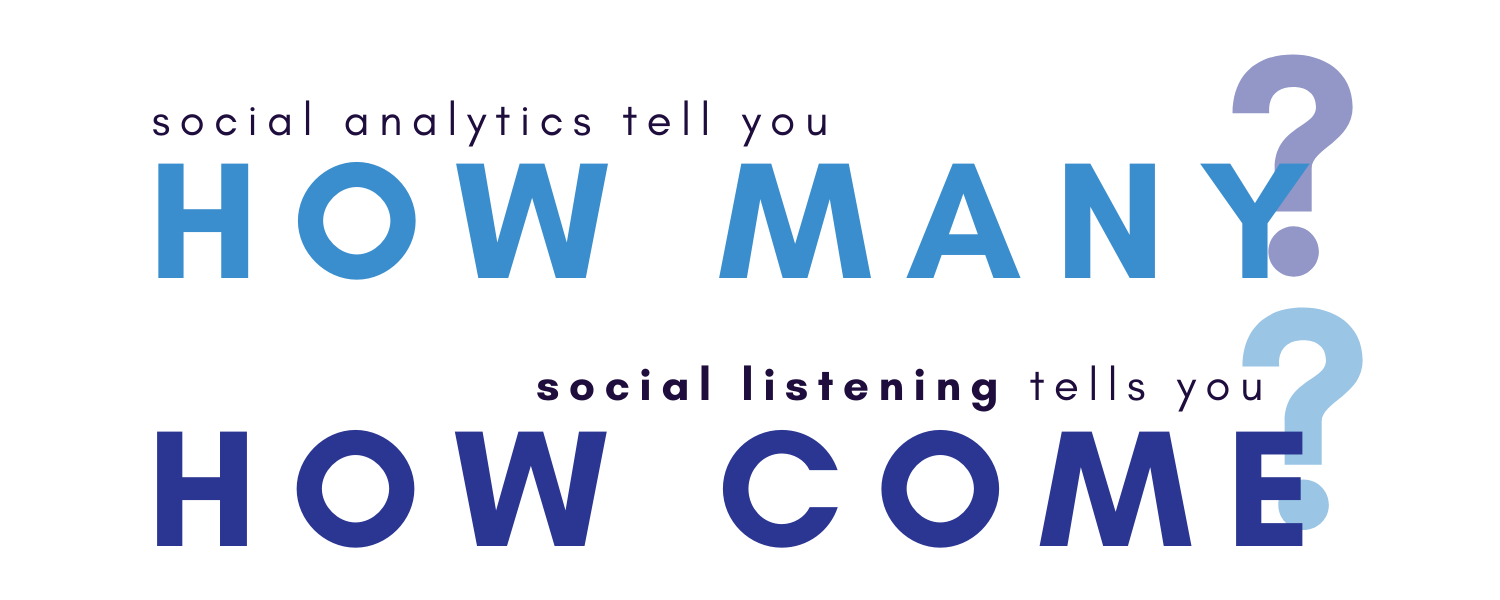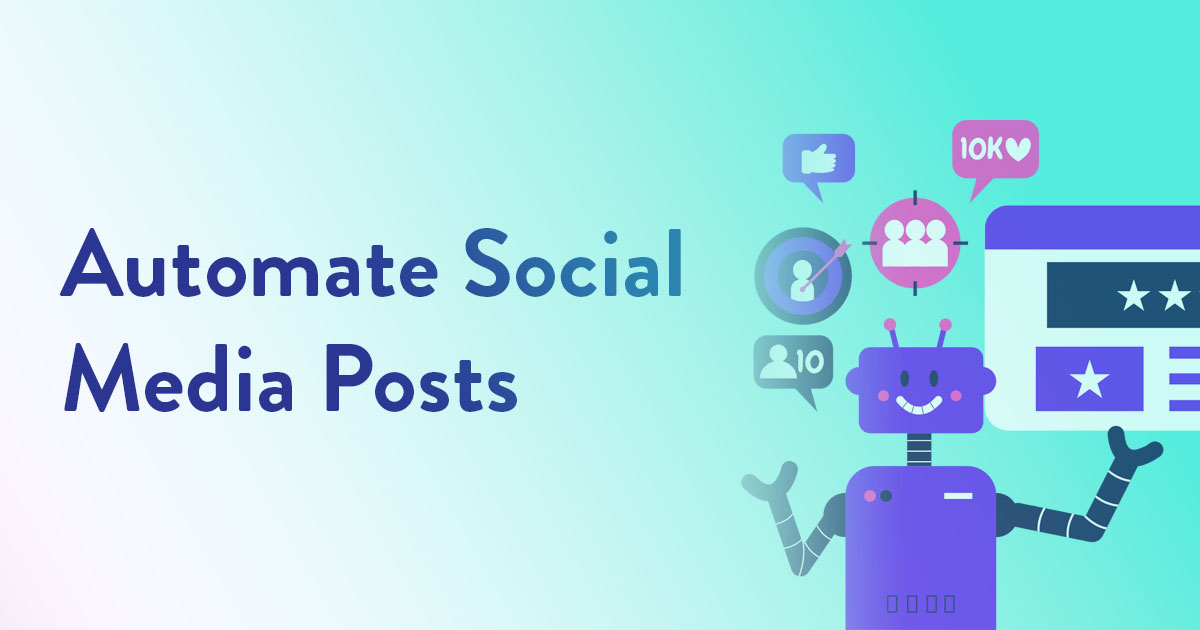
Social Listening
Kristyn Miller
Table of Contents
You’ve heard many times before the importance of active listening. It is an essential part of healthy communication, between friends, husbands and wives, teachers and students, and, believe it or not, even producers and consumers. Brands have long benefitted from the use of social listening, as it is the best way for your audience to tell you directly what they want from you. Without implementing a social listening strategy, you better believe your brand is missing out on some of the most useful data available to help connect with your audience and grow your business.

What is Social Listening?
As we’ve previously mentioned, the ability to utilize social listening skills in social media management is imperative to your business’s success. Simply put, if you don’t pay attention and listen to what your audience has to say, you’ll fall behind the competition. Now that you are aware of its importance, let’s focus more on the question of “What is social listening?”
Social listening in today’s world might be better understood as social media listening, as the monitoring of social media platforms is currently the most promising method of listening and engaging with consumers.
Social Listening Definition
Social listening is a concept that refers to the social media monitoring, tracking, and analysis of discussions and trends surrounding not only your own company, but your industry as a whole. Further, it is applying the insights you gather from these analyses to improve future marketing decisions. This can be done by monitoring things like brand mentions and online conversations related to your business on the web and social media, then evaluating them to find the best opportunities to act.
Social listening is more than just social media monitoring or analytics. While your analytics can give you a plethora of insights into your social media data, such as how much engagement and impressions your content has generated, it does not do much to help you understand why these online discussions are taking place. That’s where social listening comes in. By implementing a good social listening strategy, you can see the bigger picture by truly understanding what people are thinking. Think of it this way: rather than learn how many, you can learn how come.

Learning the how comes can aid in the development of future campaigns, the improvement of content strategy and messaging, outpacing your competitors, and overall, the creation of an effective social media strategy. As a result, it can turn your how comes into how cans, i.e. “How can we use this information to boost our future marketing efforts?”
Social Listening Strategy
We’ve covered the basics – what social listening is and why it’s important for your brand. Now you may be wondering how to go about implementing such a concept into your daily social media marketing efforts. Below, we’ll provide you with a list of steps that can help you develop and implement a good social listening strategy.
Identify your audience.
As with seemingly every social media strategy, the best place to start is by getting to know your target audience, aka potential customers. What age range do they fall into? What social media platforms can you find them on? When are you most likely to engage with them? Questions like these can help establish your target demographic and allow you to form your brand strategy around that information.
Select an objective.
What do you hope to achieve from collecting data? With the amount of social listening data you are able to collect, it is important that you establish a goal for what you want to do with that data. For example, maybe you are looking to increase overall brand awareness, or maybe you simply want to see how you compare to your competitors. Perhaps your company is planning to launch or otherwise reintroduce an improved product or service and you want to see there’s any interest, or maybe you’ve already launched said product or service and you’re looking to begin the process of social selling. All of these are solid objectives for social listening strategies.
Choose relevant keywords.
Compile a list of keywords that are both specific to your own brand as well as those associated with your industry. Then, activate those social monitoring skills of yours to analyze and determine which keywords are garnering the most attention and engagement. Make note of which keywords and content types are popular among your target audience and which aren’t and use this information when generating new content for future marketing campaigns.
Create guidelines for your brand.
Whether you are the sole manager of your company’s social media marketing campaigns or you have a team of people working behind the scenes, you need to stick to a single, cohesive brand voice. This entails the creation of guidelines for how customer interaction is handled, like how you will respond to negative reviews or positive comments, for example. It might be helpful to create templated responses to adhere to depending on the type of interaction you’re engaging with. If you have a customer service team, make sure everyone is familiar with these guidelines so as to maintain the voice and image of your brand.
Acknowledge, address, and resolve.
A huge part of social listening is showing social media users that you really are, well, listening. The best way to demonstrate that you are actively listening to your customer base is to acknowledge their comments, clearly address their concerns, and work to resolve the issue at hand, whatever it may be.
Social Listening Tips
As you begin the process of social media listening, a good starting point is to identify what’s troubling your target audience. This is generally a pretty easy task, as people frequently discuss their problems and complaints on social media. This will allow you to evaluate whether there is a disconnect between what your rivals are offering and what you are. You can do this by either asking the question directly (people like transparency) or by going back and looking at previous content’s comments/interactions. Listening to your target audience directly is the greatest approach to figuring out what the problem is, if any, and learning how your audience might expect you to address it.
Another approach is to choose strategic keywords and subjects to keep an eye on. These can change over time, but you may utilize social listening techniques to find out what subjects are trending on the internet. This includes both brand mentions and conversations relating to your own company as well as industry-related subjects. Essentially, you can use Twitter trends to help market your brand. Participating in the online discourse surrounding these key topics can help increase your own brand awareness and show consumers that you really are listening.
Finally, be sure you aren’t just listening to listen. Use what you’ve learned to generate healthy communication between you and your potential consumers or client base. What we mean by this is to use social media to generate engagement with your audience. This includes responding to complaints and addressing both positive and negative feedback, but may also include sharing tips and techniques, sharing user-generated content, and promoting your product or service when appropriate.

Examples of Social Listening
Based on the fact that you are here reading this, it is probably safe to say that you are trying to build your brand reputation through the use of social media and social listening. As a social media management service, our experts at Kiopi looked into the common questions and concerns related to the industry in which we serve. By analyzing the data that we gathered from our competitors and relevant conversations within this business, we learned that social listening was a prominent topic of interest among social media managers. Thus, we utilized the very concept of social listening to identify trends and create a business strategy from those trends. See what we did there?
Let’s look at another great example of social listening from an outside source: the Taco Bell franchise. Social listening is a huge component of Taco Bell’s customer service strategy. In addition to engaging with customers’ social media posts, responding to customer complaints, and cherishing positive feedback, Taco Bell also uses social media listening to respond quickly to situations and guarantee that the company’s products are of high quality. For example, when social media users voiced concern over the cheese in the Quesalupa, the franchise began sending out emails to their restaurants reminding them to adhere to the recipe in order to assure customer pleasure. This is a perfect example of how brands can use social listening to improve customer experience and brand loyalty.
Social Listening Tools
Social listening is not something that can be automated, as it requires real-life people to come up with real-life solutions. However, there are social listening tools out there that can help you analyze and interpret social media data to make social media measuring and implementing your strategy much easier. For example, a social media monitoring software or analytics tool can help you keep track of social listening data from a variety of different social networks. With access to trackable metrics, such as social media mentions, comments, likes, shares, and reactions, the breadth of your social media analysis can be as limited or broad as you need it to be in order to achieve your social listening objective.
There are several social monitoring tools available for analyzing your social media metrics, but we encourage you to try out Kiopi for your social listening needs. Kiopi is first and foremost a social media management platform that allows users to plan and schedule social posts in advance for a variety of customers and accounts. There’s a lot more to it than that, though. Kiopi also provides you access to a social media analytics dashboard that can monitor your customer engagement among a variety of social channels. Our analytics tool makes it easy to utilize your social listening insights to dramatically improve your customer relations and social media presence. What’s more, Kiopi provides you with access to plenty of other incredible social media tools, including things like a comprehensive content calendar, unique campaign management capabilities, and a built-in link shortener.
Master Your Social Listening Skills With the Help of Kiopi
Social media is the best place for businesses to keep up with emerging trends and evolving customer habits. What really matters, however, is knowing how to utilize this information. By effectively tracking trends and monitoring customers’ behavior in their natural environment (aka social media), businesses have a real opportunity for growth. Pay attention to what your audience is doing and saying, learn the keywords and phrases that are most associated with your industry, and be aware of the effective strategies of your competition. By implementing these social listening tactics and benefiting from a social listening tool like Kiopi, you have access to everything you need to grow your brand online.

